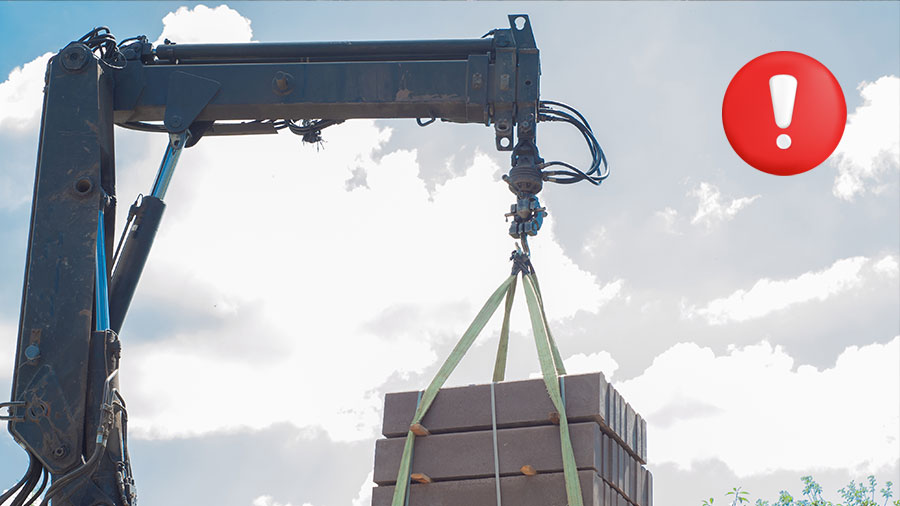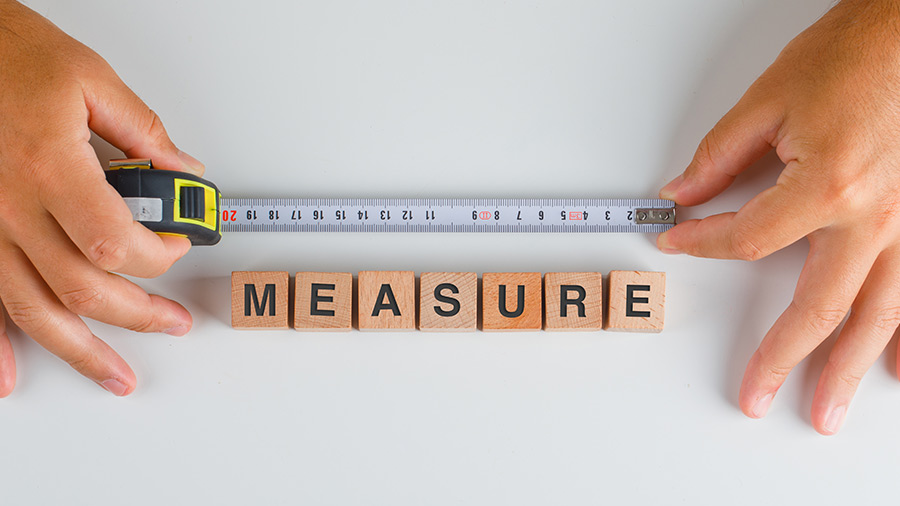HOW WE IMPACT
All Industries
The Vital Role of Dynamometers in Precision, Safety, and Performance
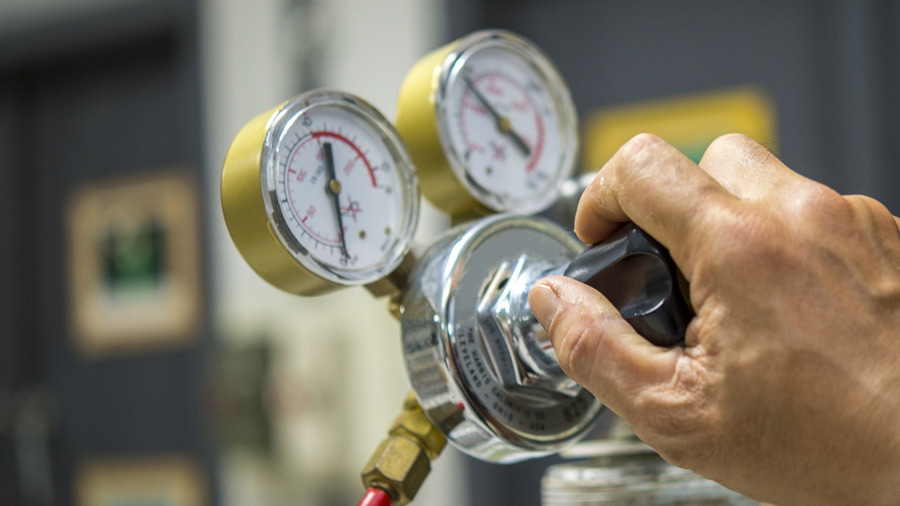
How do you use a dynamometer?
Before you use a dynamometer
Before using a dynamometer to indicate the load, make sure dynamometers are only used by competent, qualified, and/or trained professionals in rigging and setting up the load. There are many dangers in lifting and testing, especially when done incorrectly that can cause damage to property, serious bodily injury, and/or even death. Inspect everything subjected to the load, including the rigging and the dynamometer. Does the slings, shackles or rigging have a tag, working load limit (WLL), evidence of elongation, deformation or would fail a visual inspection and subject to removal per a lifting standard. Adhere to working load limits of all the rigging, chain, shackles, slings, hooks, etc. subjected to the load when determining how high the load the Dyno and rigging should be subjected to. In addition to the rigging, the dynamometer manufacturer may have warnings or instructions that could be relevant to your applications that you need to follow. Make sure you are safe and the equipment is safely used.
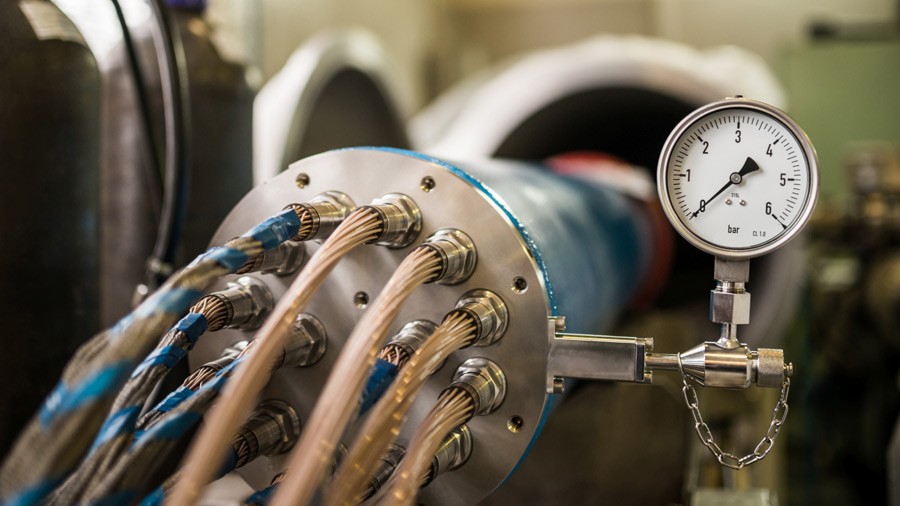
Is your dynamometer accurate and calibrated?
This seems like an easy question to answer. Look at the calibration sticker or look at the calibration cert and see if either indicates you’re within the calibration time frame. Most industries and standards require calibrations every year. Some standards may require more frequent intervals, while others may allow for longer intervals. But don’t forget that just because the Dyno is calibrated, it does not necessarily mean your unit is accurate. Dynos that are damaged, overloaded or subjected to high cycle usage may be inaccurate while still “in calibration.” If you suspect your Dyno is not accurate, check it against another Dyno under the same load or send your Dyno to a qualified calibration lab like Muncy Industries. Some of the best labs calibrate to a standard and are accredited, such as calibrating to the ASME 4 standard and accredited to the ISO 17025.
>> Explore our Calibration Service Here
Common mistakes in using your dynamometer
Now your’e ready to measure your load. One major mistake that creates inaccurate measurements of loads is as simple as not “zeroing” or “taring” the Dyno before starting your load. If your Dyno starts at 212 pounds with no load and you increase the load, your measurement could be inaccurate by 212 pounds for all or part of the load. For lower loads like 400 pounds, being inaccurate by 212 pounds could be over a 50% inaccuracy. Other common mistakes include not understanding the units of measure, human error in reading a dial or indicator, not setting the indicator to record the peak load (as applicable), to name a few. It is good practice for dynos with electronics, like Dillon ED Junior dynamometers, to apply a load slow and steady: shock loads or loads applied very quickly can be hard to see or record the load and peak load.
Note: this article is for informational purposes only. The reader should not rely on anything written herein and the author makes no warranties whatsoever.
Listen to this article here ↓
Share this article
Dynamometerloadcell.com
All PostsDownload our free guide
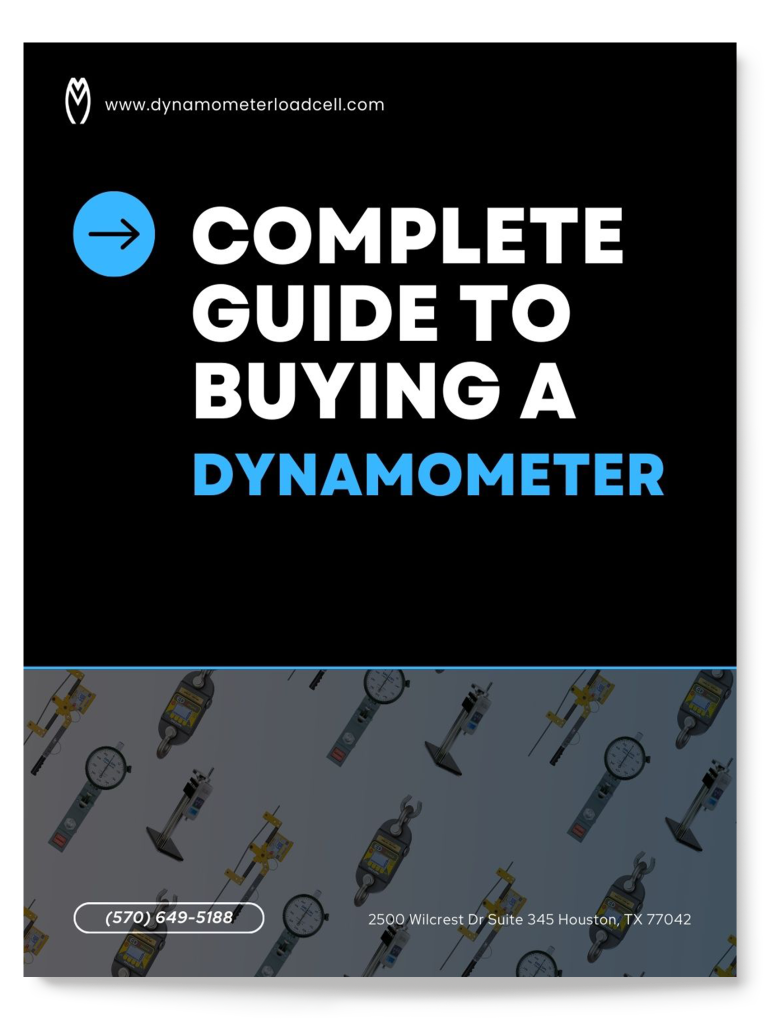
Get the Complete Guide
to buying a Dynamometer
About Us
We are the ideal solution for accurately measuring force load and tension to ensure the highest standards of safety and precision
Features
Most Recent Posts
- All Post
- Aviation and Aerospace
- Construction
- Dillon
- Dynamometer
- Elevators
- Lifting
- Load Cell
- Oil And Gas
- Utility
Explore our services
We offer custom Technical Support and Calibrations
Categories
- Aviation and Aerospace
- Construction
- Dillon
- Dynamometer
- Elevators
- Lifting
- Load Cell
- Oil And Gas
- Utility

